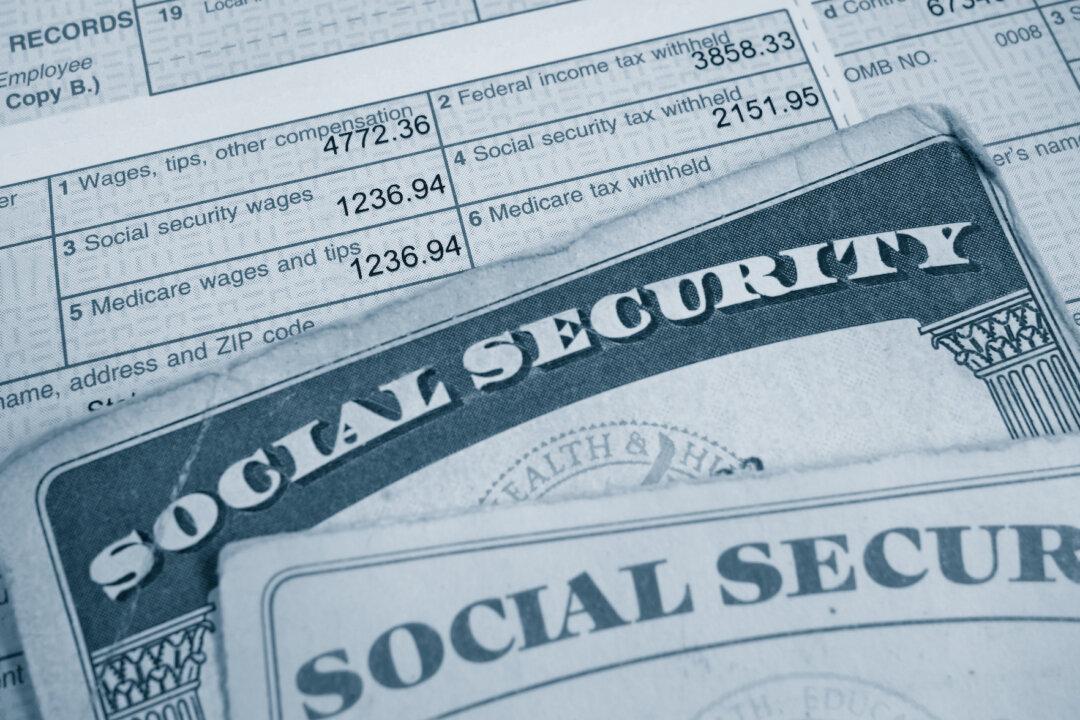Whether you’re a man or woman, Social Security rules can sometimes be confusing and hard to understand. Today, I’m going to go over some common misunderstandings that women have about their eligibility for benefits. And almost all these misunderstandings have to do with benefits they might be due from a spouse in addition to their own Social Security benefits.
Let me begin my clarification of these rules by making this general statement: If you have worked and earned your own Social Security benefit, you will almost always be paid that benefit first. Only after you are getting your own retirement benefit will the Social Security Administration look to your husband’s record to see if you are due any additional spousal benefits. (The big exception to this rule applies to widows, as we shall learn later in this column.)
Many married women think they can take reduced benefits (at 62, for example) on a husband’s Social Security account and then at full retirement age, switch to full benefits on their own record. But that can’t be done. There is something called the “open-ended application rule” that essentially says if you file for one kind of Social Security benefit, you are “deemed” to be filing for any and all other benefits you might be due at the same time. So that means if you file for spousal benefits, you are also filing for your own Social Security benefits. (Although again, there is that exception that applies to widows.)
Speaking of widows, many women think that if they take reduced retirement benefits on their own Social Security record, that reduction will carry over to any future widow’s benefits they might be due. But that’s not the case. Your widow’s rate is based on one thing only—how old you are when you start taking widow’s benefits. If you are over your full retirement age when that happens, you’re going to get a full widow’s benefit, no matter when you started your own benefits.
As I was writing the above couple sentences, I originally wrote down: “Your widow’s rate is based on one thing only: your age when your husband dies.” Many times, that’s the case. For example, if your husband dies when you are 64, and you start getting widow’s benefits then, your widow’s rate would be about 80 percent of your husband’s benefit. But, that 64-year-old woman could decide to take, or continue receiving, her own retirement benefits and delay filing for widow’s benefits until she reaches full retirement age. Widows are the only Social Security beneficiaries who can waive the deemed filing rule mentioned earlier and take reduced benefits on one record and later file for full benefits on another record.
Or lots of times, it’s to a woman’s advantage to start widow’s benefits first and delay her own retirement benefits until age 70. For example, that 64-year-old woman mentioned above could start off getting widow’s benefits. As I said, it would be about an 80 percent rate. If she could live on that until age 70, she could then switch to about 130 percent of her own retirement benefit.
Another common misunderstanding has to do with the “10-year rule.” Many women think they have to be married for 10 years before they can collect benefits from a husband’s Social Security record. But that 10-year rule only applies to divorced women. In other words, if you are trying to get benefits from an ex-husband’s Social Security account, you would have had to be married to him for 10 years to be eligible. But if you’re still married to your husband, that 10-year rule doesn’t apply. However, there is a law that says you have to be married at least nine months.
Speaking of divorced spouses, lots of women are concerned that if their ex-husband remarries, any benefits due his new wife will affect what the former wife might be due on the ex’s record. But that’s not true. Those benefits don’t offset one another. Or, to put that another way, both a current wife and ex-wife could get whatever benefits they might be due from a guy’s Social Security account.
If you have been married to more than one man, you are potentially due benefits on either husband’s Social Security record (assuming you meet the eligibility requirements—such as duration of marriage or your age). You won’t collect benefits on both records. You will get benefits from the husband on whose record you are due the higher benefit.
Women who have been married more than once also have some misunderstandings about their Social Security rights. For example, if you are currently married to one man, you cannot collect benefits on another man’s Social Security record. The primary exception to this rule applies to widows who remarry after age 60. A woman over age 60 can get married and still be eligible for benefits from a deceased husband’s (or ex-husband’s) Social Security record.
Speaking of women getting benefits from an ex-husband, I frequently hear comments similar to this one: “No wonder Social Security has problems. I know several men who have been married multiple times. If all these women are getting benefits from all these ex-husbands, they must be draining the system dry!”
But actually, it’s rather unusual to have two women getting benefits on one guy’s record. And in my 50 years of doing this stuff, I only once saw a record where three women were getting benefits from one guy’s account. Why is it so unusual? Even though a guy might have had two or three or even more ex-wives, they all don’t get benefits on his account because one or more of the exes have remarried or because they are due benefits on their own Social Security record.
If you want to learn more, there is a whole chapter devoted to benefits for women in my little guidebook called “Social Security—Simple and Smart.”








